Sign up for daily news updates from CleanTechnica on email. Or follow us on Google News!
We all know the story about Norway and the massive government incentives to increase the uptake of electric vehicles in that country. We now see the start of a trade war between China and the west over China’s exports of subsidised EVs. The USA is talking about higher and higher tariff walls and dismantling the Inflation Reduction Act. Australian states have brought in, then ceased, their subsidies for the purchase of electric cars. Makes you wonder just what role government should and/or must play in supporting the introduction of new technology that is for the benefit of its citizens. I think the answer is: it’s complicated, and it varies from place to place and over time. Who pays for the rEVolution? Feel free to share your thoughts in the comments section.
In this light, I set out to look at what is currently happening in Australia. Probably the most important thing to point out is that we are currently in a price war with a massive influx of new EV models mainly from China. The manufacturers are now bearing more of the load for the costs of EVs — as they should. Hopefully the Europeans will take note and also reduce their prices.
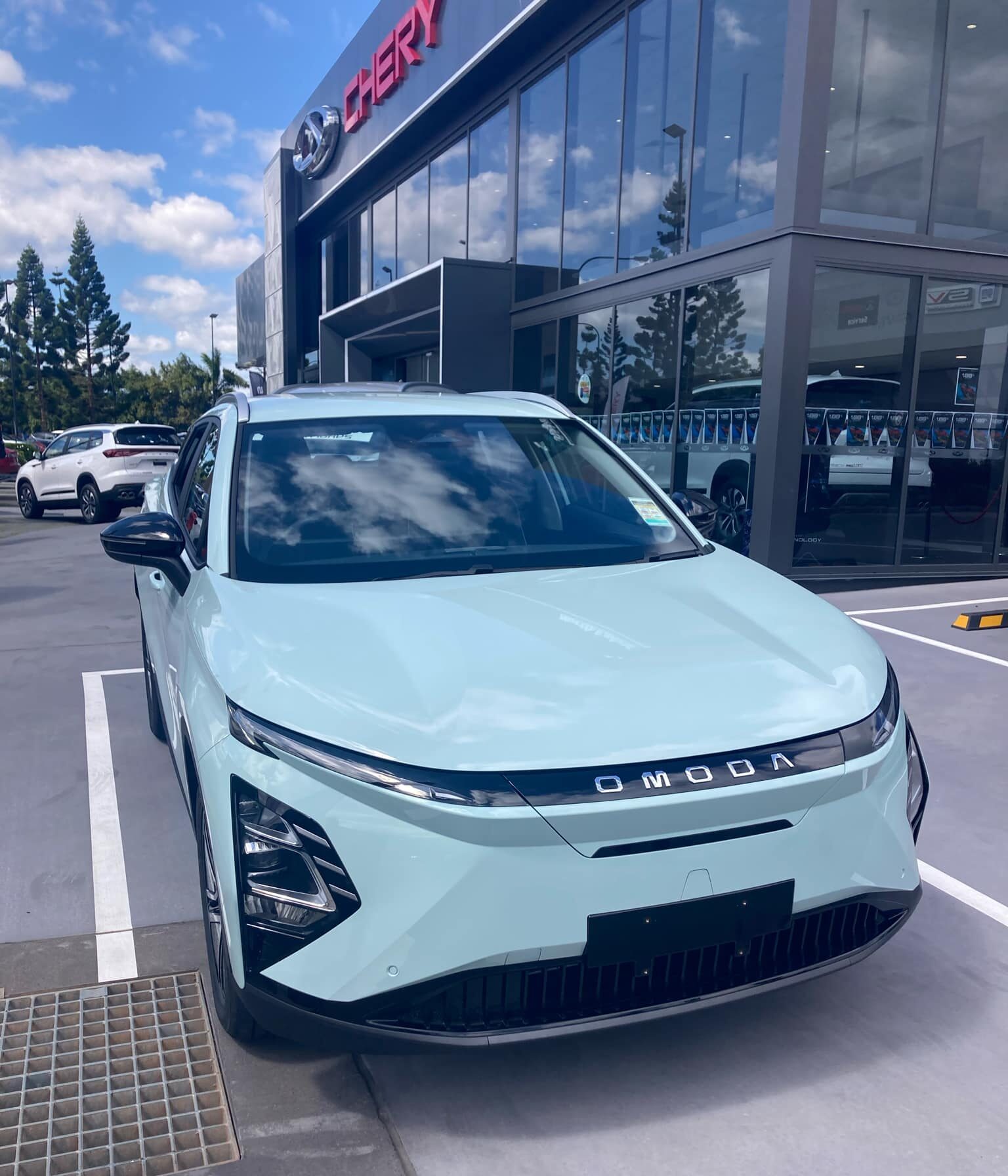
My own state, Queensland, has a Network Electric Vehicles Tactical Plan looking at how to manage the charging needs and behaviour of EV owners. It’s purpose is spelt out here: “to articulate and integrate our highest-priority, no-regret initiatives over the next one to two years to ensure we have a structured and agreed path to prepare for the challenges, and opportunities, that electric vehicle (EV) charging presents.” Protect the grid! No regrets!
The generous Queensland state subsidy for the purchase of an electric vehicle has ceased. The focus of the government now is to manage the charging process, it is no longer to encourage purchases. The state government is transitioning its own fleet of vehicles to electric. Is this then the next step in the rEVolution?
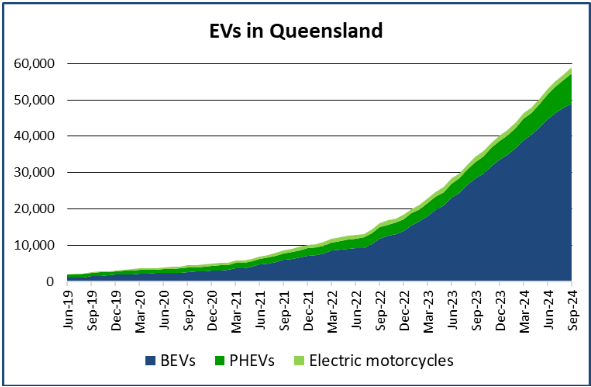
As at June 2024, 53,000 EVs were registered in Queensland. 87% are full battery EVs (BEVs) and 13% are plug-in hybrid EVs (PHEVs). 90% of these are registered in the greater Brisbane metropolitan area. Only 5% have V2G capability. How can the government provide electrical services in this time of massive change and possibilities of inconsistent demand and supply? How about some kerbside charging for the inner city dwellers? This issue has been under consideration for some time. Two years ago, we considered it here.
The Tactical Plan has identified 25 Tactics. These include: identifying EV clusters to make sure supply is adequate because “the impact of EV charging on our networks will be first felt at the distribution transformer level.” In a forward thinking move, electrical heavy machinery charging is also being monitored. Then there is Australia’s dependence on the long-distance trucking industry. “Success will require proactivity, collaboration and innovation, from truck stop developers, truck fleet operators, EV Supply Equipment (EVSE) suppliers and installers, governments, Distribution Network Service Providers (DNSPs) and electricity retailers.”
The complicated environment that exists in reality, policy, and regulation demands a role for government at all levels. It will be interesting to see how Elon Musk tackles some of these complexities when he is the czar of DOGE. All government agencies have a lot to learn. Hopefully we won’t continue to make the same mistakes as each other.
Data gathering will be one of the keys to success — monitoring demand on grid transformers, do we upgrade network connections? Or can we educate the public on charging times? Some university studies have shown that early adopters charge when the grid is oversupplied — during the day on solar, or in the evenings from excess coal generation. But what about the next cohort of adopters? Will they make wise choices about the timing of their charging — or just plug in at peak hour to charge while cooking dinner and overload the system?
As V2L and V2G evolve, this will be another piece of the grid stabilisation process. The Australian federal government has passed legislation to make it easier for this to be implemented. Now we need Tesla to get on board. Most EVs in Australia are Teslas.
Queensland’s plan mentions remote areas and issues with access to the grid. I would hope that they would follow the example of Western Australia where charging stations for electric cars are powered by hybrid systems of solar, wind, and in an emergency a diesel generator. [Don’t start with me on this one!]
Communication with an increasing number of “EV-related stakeholders” is the key to simplifying the processes involved in deploying charging stations. Australian EV drivers tell many stories about the amount of time it takes to get a charging station installed and then commissioned. We have faced the frustration of the brand-new high-speed charger wrapped in black plastic for months.
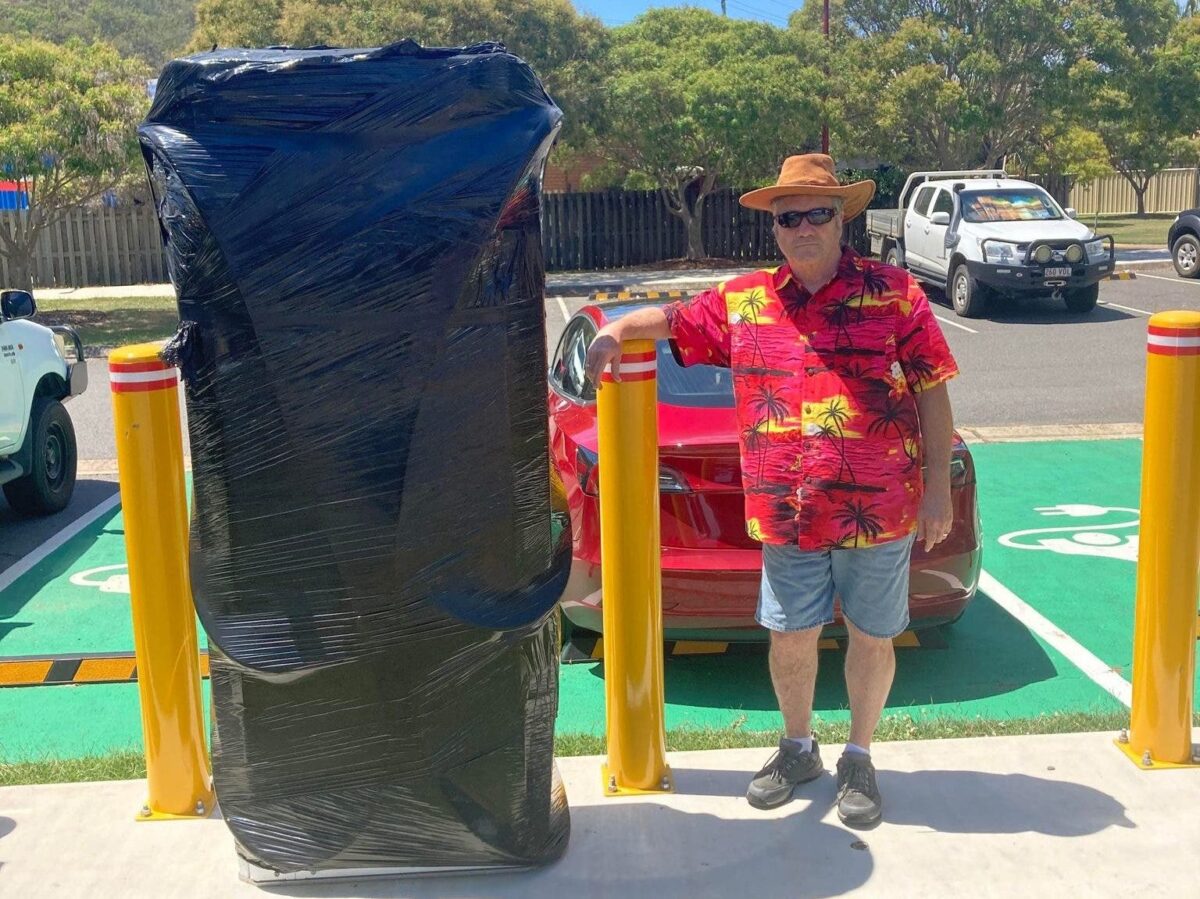
The Strategic Plan recognises that: “complexity could lead to engagement overlaps, gaps, confusion, and poor stakeholder and business outcomes.” It also acknowledges the need for current and accurate information to be shared. “Many fleet operators and destination and public charging providers are underinformed about the electrical infrastructure required to support their planned charging needs. That may lead to poorly informed enquiries and subsequent lengthy application processes, creating wasted time and applicant frustrations.”
How can government agencies provide customers with choice and convenience at an acceptable price point? All the while using accessible technology? What needs to be done by government and what can be left to private providers? I would hope that as the rEVolution proceeds, government will be able to step back and the private sector will fill the gaps. However, there may always be those areas that need both supervision and support.
It is good to see that the Queensland state government, through Ergon and Energex, is proceeding with a strategic plan to alleviate possible issues and advance the rEVolution in a way that enables all citizens to benefit.
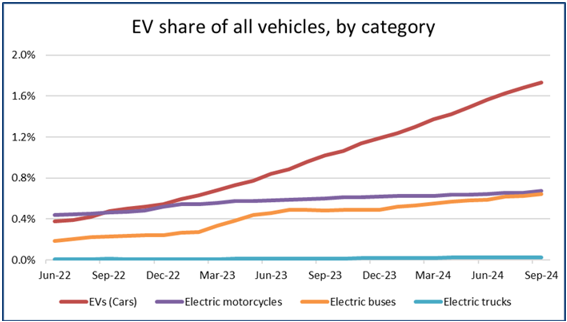
In the Sunshine State we are trying answer the question about the government’s role. It looks like it will be evolving and complicated for some time to come. Looking back through my article, I think I have asked more questions than provided answers. Feel free to share your thoughts below. Let’s start a civilised and educated conversation.
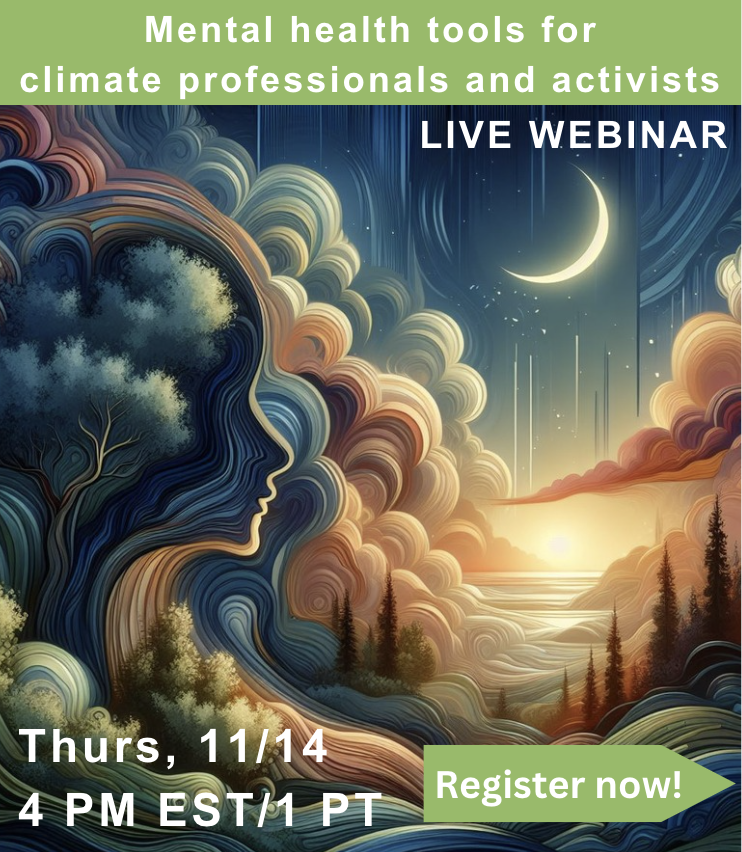
Chip in a few dollars a month to help support independent cleantech coverage that helps to accelerate the cleantech revolution!
Have a tip for CleanTechnica? Want to advertise? Want to suggest a guest for our CleanTech Talk podcast? Contact us here.
Sign up for our daily newsletter for 15 new cleantech stories a day. Or sign up for our weekly one if daily is too frequent.
CleanTechnica uses affiliate links. See our policy here.
CleanTechnica’s Comment Policy


